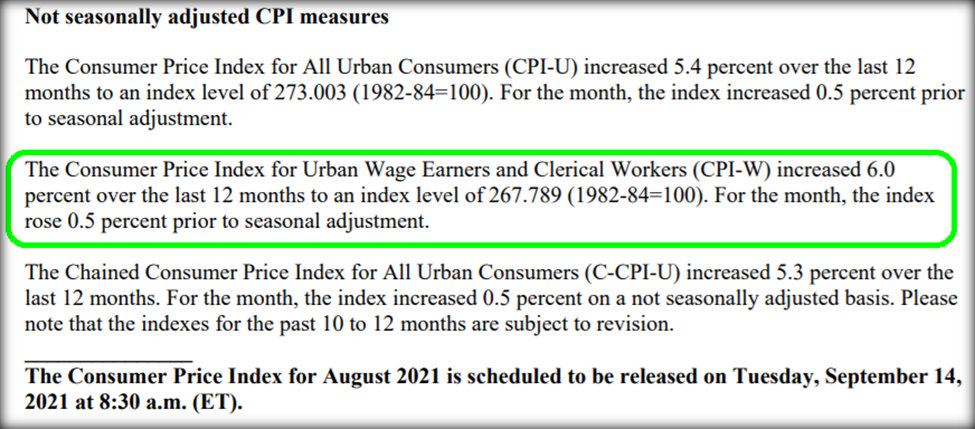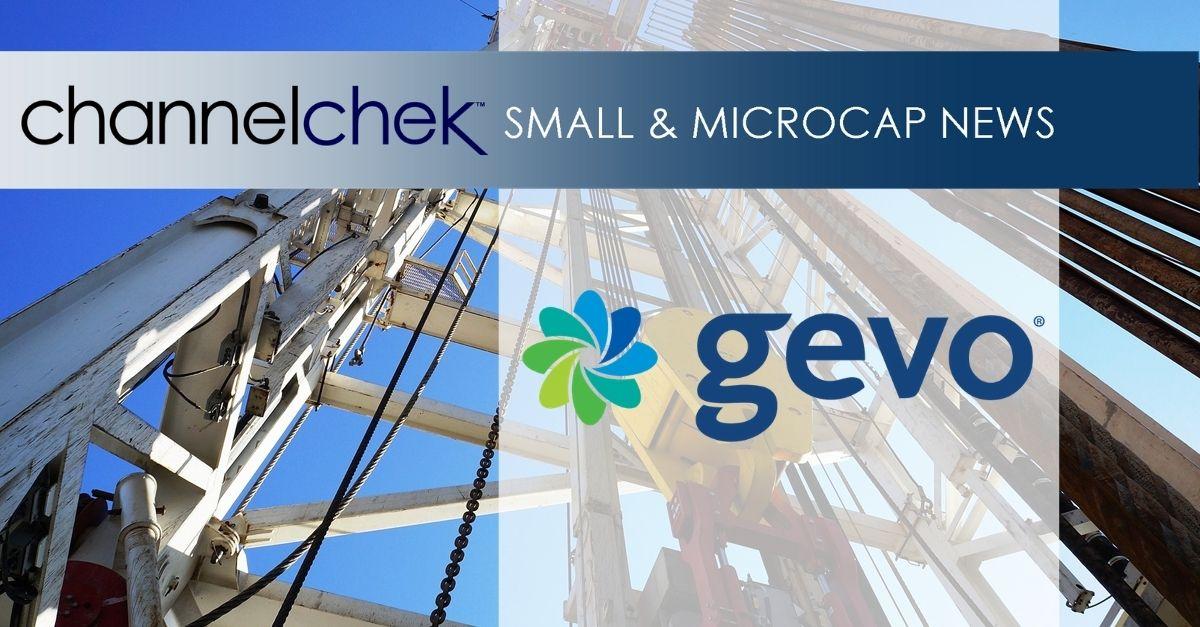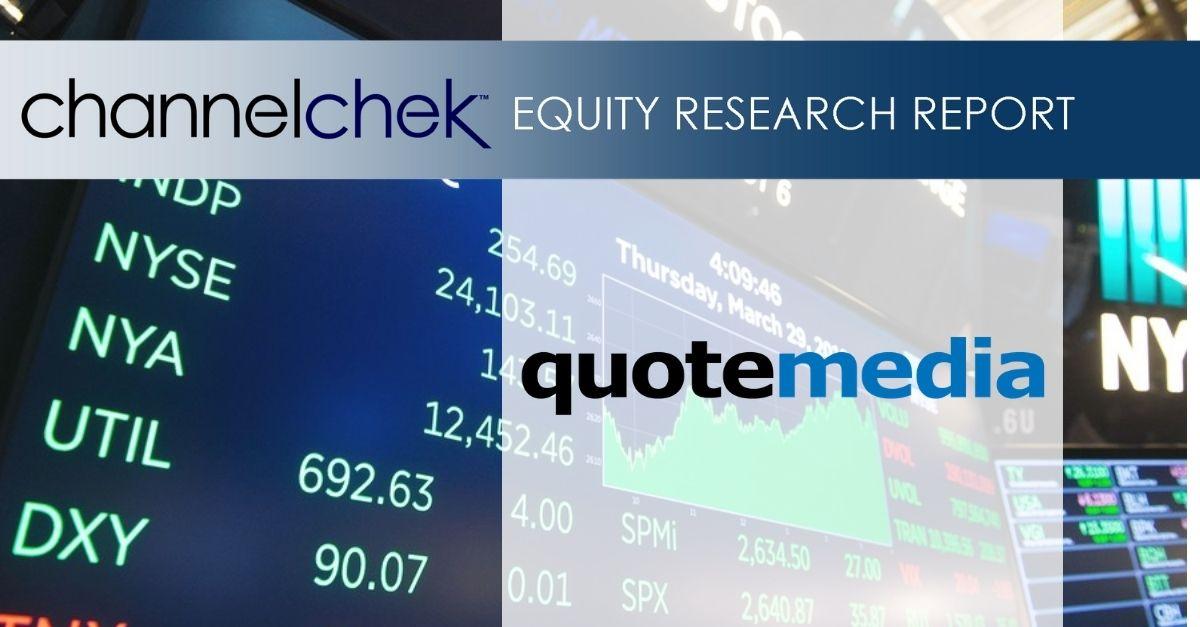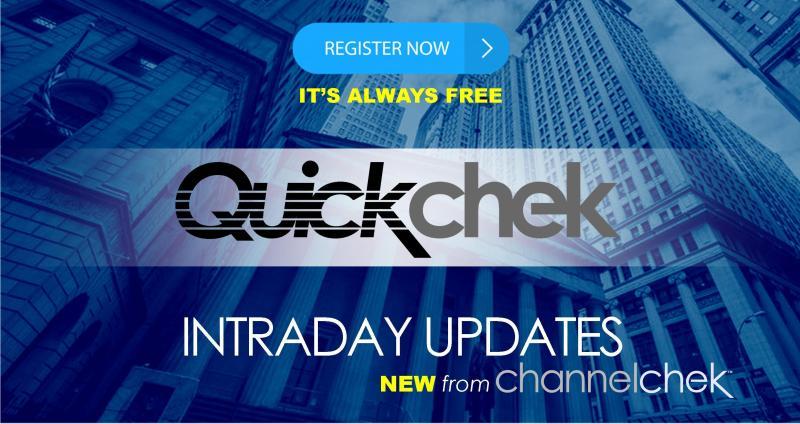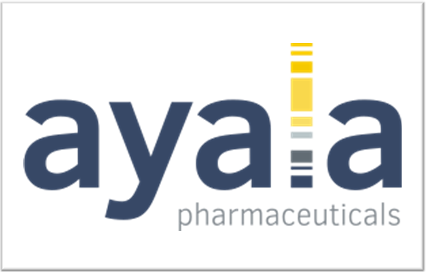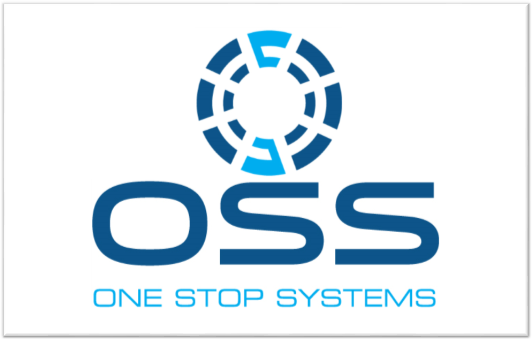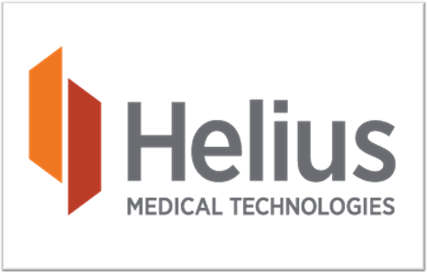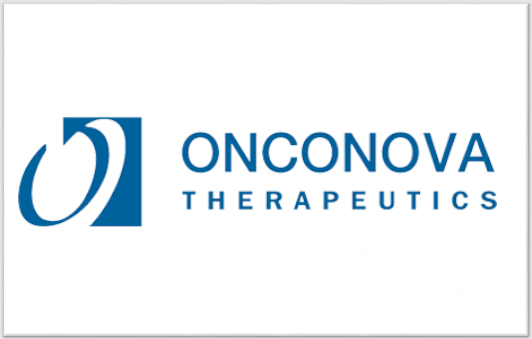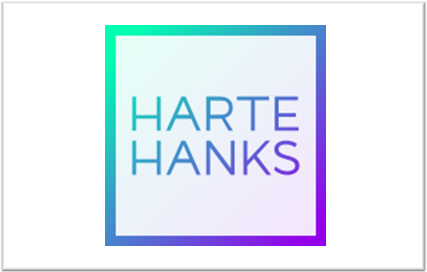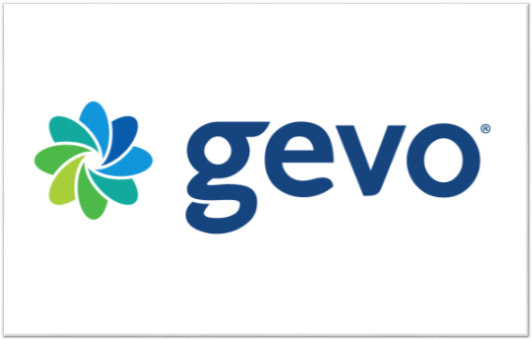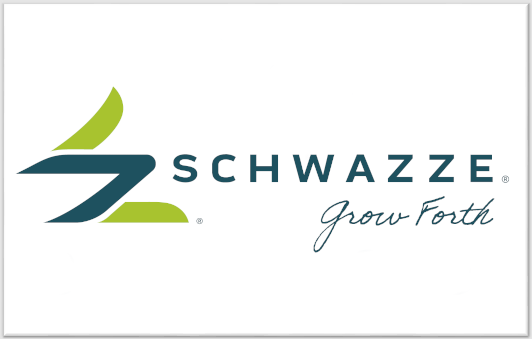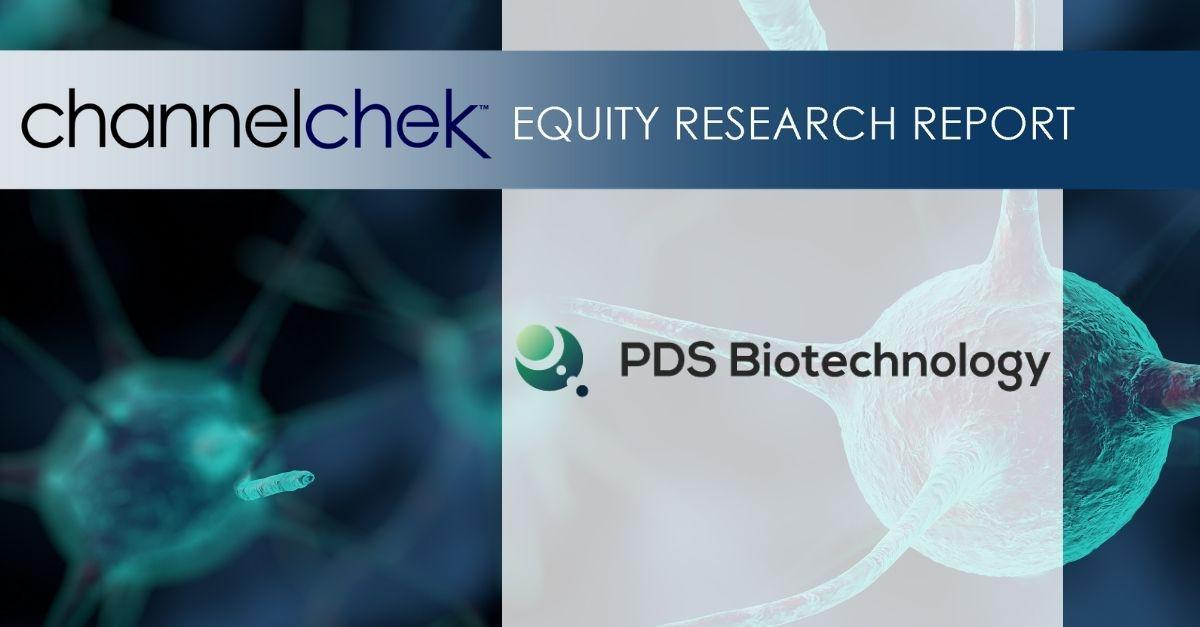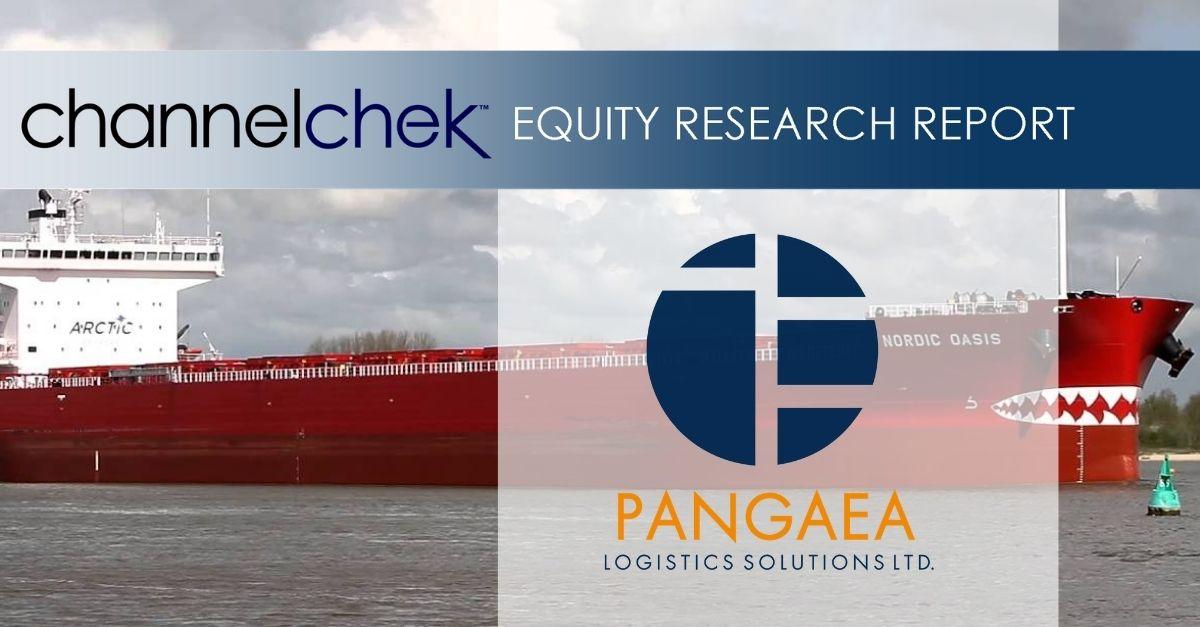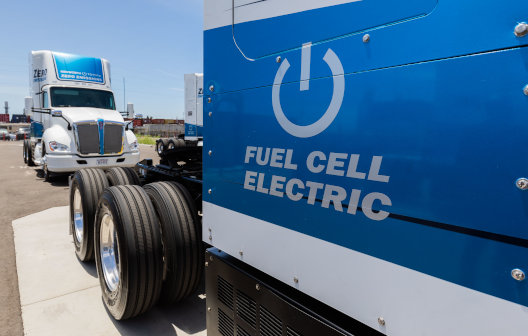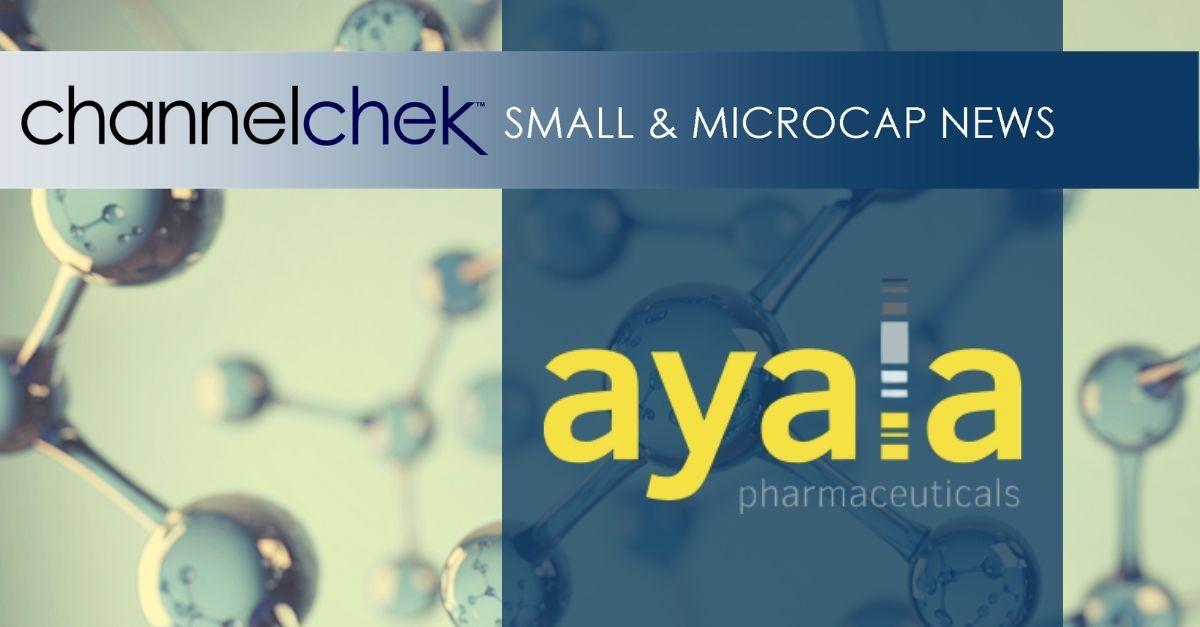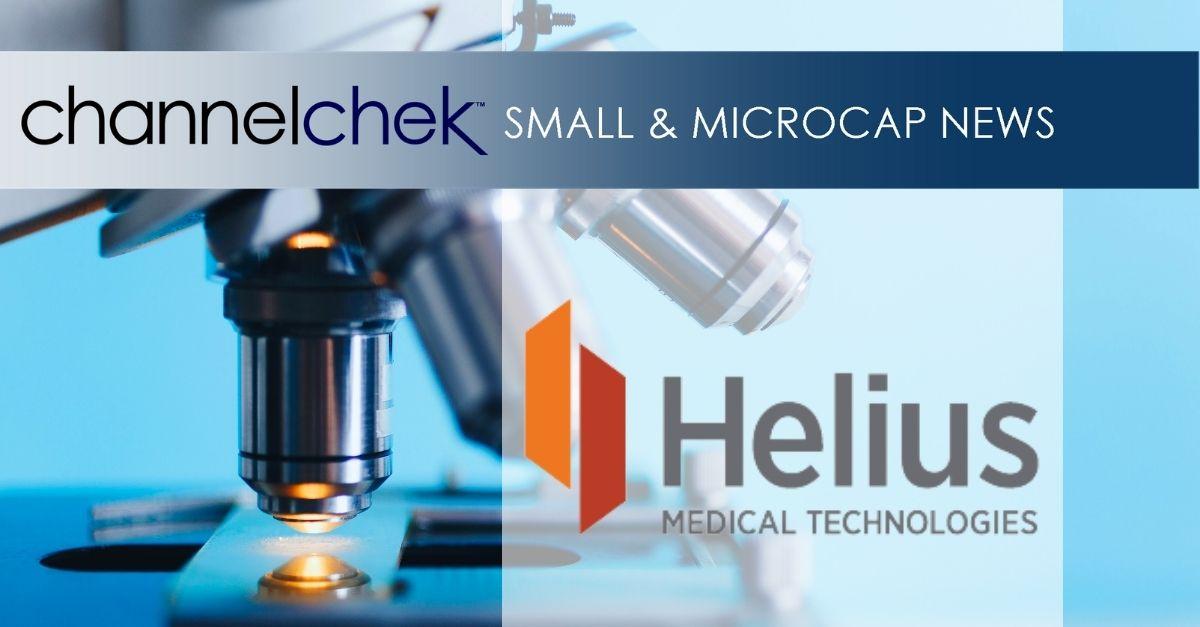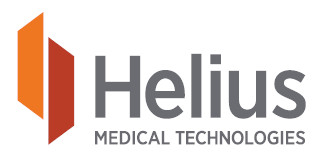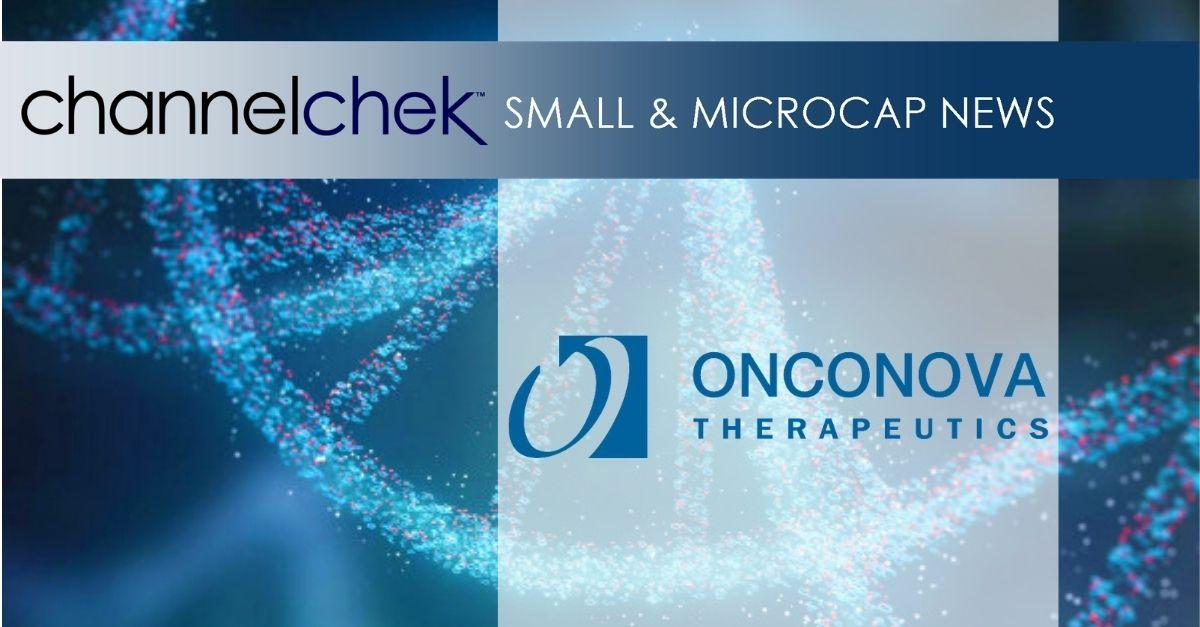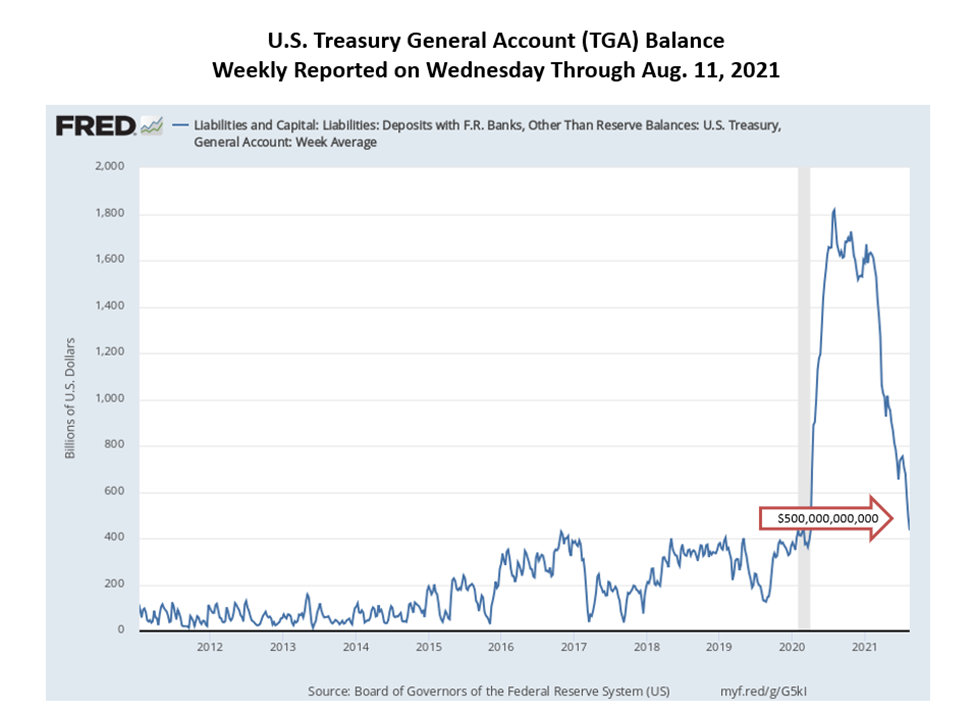
Gevo Reports Second Quarter 2021 Financial Results
ENGLEWOOD, Colo., Aug. 12, 2021 (GLOBE NEWSWIRE) — Gevo, Inc. (NASDAQ: GEVO) today announced financial results for the second quarter of 2021 and recent corporate highlights.
Recent Corporate Highlights
- On August 9, 2021, Gevo announced that its wholly-owned renewable natural gas (“RNG”) project company, Gevo NW Iowa RNG, LLC (“Gevo RNG”), has signed binding, definitive agreements with BP Canada Energy Marketing Corp. and BP Products North America Inc. for the sale of RNG. The RNG project is on schedule and on budget with an anticipated startup early 2022. Beginning in late 2022, Gevo RNG expects to generate cash distributions to Gevo of approximately $9 to $16 million per year.
- On August 2, 2021, Gevo announced the appointment of Jaime Guillen to its Board of Directors. Mr. Guillen is a Managing Partner at Faros Infrastructure Partners LLC, an investment firm with offices in the United Kingdom, the United States and Mexico.
- On April 15, 2021, Gevo closed the offering of $68,155,000 in 2021 Bonds to finance the construction of its renewable natural gas project in Iowa.
2021 Second Quarter Financial Highlights
- Ended the quarter with cash, cash equivalents, restricted cash and marketable securities totaling $567.2 million compared to $525.3 as of the end of Q1 2021 and $6.3 million as of the end of Q2 2020
- Revenue of $0.4 million for the quarter compared to $1.0 million in Q2 2020
- Loss from operations (which includes $5.5 million of preliminary stage project costs for Net-Zero 1) of ($19.0) million for the quarter compared to ($5.3) million in Q2 2020
- Non-GAAP cash EBITDA loss 1 of ($17.1) million for the quarter compared to ($3.1) million in Q2 2020
- Net loss per share of ($0.09) for the quarter compared to ($0.40) in Q2 2020
- Non-GAAP adjusted net loss per share 2 of ($0.09) for the quarter compared to ($0.39) in Q2 2020
Commenting on the second quarter of 2021 and recent corporate events, Dr. Patrick R. Gruber, Gevo’s Chief Executive Officer, said “The engineering and design work for our Net-Zero 1 Project is going well. We are figuring out the optimizations and integrations for Net-Zero 1, and how to generate more cash sooner. We are looking forward to completing the next phase of the engineering work in December of this year and moving forward towards getting the financing closed in the first half of next year.”
Second Quarter 2021 Financial Results
Revenue for the three months ended June 30, 2021 was $0.4 million compared with $1.0 million in the same period in 2020.
During the three months ended June 30, 2021, hydrocarbon revenue was $0.3 million compared with $0.9 million in the same period in 2020. Hydrocarbon sales decreased because of lower production volumes at Gevo’s demonstration plant at the South Hampton Resources, Inc. facility in Silsbee, Texas (the “South Hampton Facility”). Gevo’s hydrocarbon revenue is comprised of sales of sustainable aviation fuel and renewable premium gasoline.
As a result of COVID-19 and in response to an unfavorable commodity environment, Gevo terminated its production of ethanol and distiller grains in March 2020. As previously announced, Gevo’s production facility in Luverne, Minnesota (the “Luverne Facility”) is currently producing isobutanol. During the second half of 2021, Gevo expects to send finished isobutanol from the Luverne Facility to the South Hampton Facility so that renewable premium gasoline or jet fuel can be produced.
Cost of goods sold was $2.8 million for the three months ended June 30, 2021, compared with $2.6 million in the same period in 2020. Cost of goods sold includes $1.6 million associated with the maintenance of the Luverne and South Hampton Facilities and approximately $1.2 million in depreciation expense for the three months ended June 30, 2021.
Gross loss was $2.4 million for the three months ended June 30, 2021, compared with a $1.7 million gross loss in the same period in 2020.
Research and development expense increased by $0.7 million during the three months ended June 30, 2021 compared with the same period in 2020, due primarily to an increase in personnel and consultant expenses as we work to improve our process for growing and fermenting yeast strains.
Selling, general and administrative expense increased by $2.1 million during the three months ended June 30, 2021, compared with the same period in 2020, due primarily to increases in personnel, professional fees and insurance to support the growth in operations and an increase in consulting related to creating our first Environmental, Social and Governance (“ESG”) report, which will be released during the third quarter 2021, and documenting our compliance with Section 404(b) of the Sarbanes-Oxley Act.
Preliminary stage project costs increased by $5.3 million during the three months ended June 30, 2021, compared with the same period in 2020, due primarily to increased consulting for preliminary engineering costs, depreciation of the right of use assets related the agreements with the fuel supply and lease agreements and personnel expenses to support the growth in business activity at our Net-Zero projects.
Loss from operations in the three months ended June 30, 2021 was ($19.0) million, compared with a ($5.3) million loss from operations in the same period in 2020.
Non-GAAP cash EBITDA loss 3 in the three months ended June 30, 2021 was ($17.1) million, compared with a ($3.1) million non-GAAP cash EBITDA loss in the same period in 2020.
Interest expense has decreased by $0.5 million in the three months ended June 30, 2021 as compared to the same period in 2020, due to the conversion of all of Gevo’s 12% convertible senior secured notes due 2020/2021 to common stock during 2020.
In the three months ended June 30, 2021, Gevo recognized net non-cash gain totaling less than $0.1 million due to changes in the fair value of certain of its financial instruments, such as warrants.
Gevo incurred a net loss for the three months ended June 30, 2021 of ($18.3) million, compared with a net loss of ($6.0) million during the same period in 2020. Non-GAAP adjusted net loss 4 for the three months ended June 30, 2021 was ($18.3) million, compared with a non-GAAP adjusted net loss of ($5.8) million during the same period in 2020.
Cash, cash equivalents, restricted cash and marketable securities at June 30, 2021 was $567.2 million compared to $525.3 as of the end Q1 2021.
Webcast and Conference Call Information
Hosting today’s conference call at 4:30 p.m. EDT (2:30 p.m. MDT) will be Dr. Patrick R. Gruber, Chief Executive Officer, L. Lynn Smull, Chief Financial Officer, Carolyn M. Romero, Chief Accounting Officer, and Geoffrey T. Williams, Jr., Vice President – General Counsel & Secretary. They will review Gevo’s financial results and provide an update on recent corporate highlights.
To participate in the conference call, please dial 1 (833) 729-4776 (inside the U.S.) or 1 (830) 213-7701 (outside the U.S.) and reference the access code 2267135# or through the event weblink https://edge.media-server.com/mmc/p/8w4ypxhw .
A replay of the call and webcast will be available two hours after the conference call ends on August 12, 2021. To access the replay, please dial 1 (855) 859-2056 (inside the U.S.) or 1 (404) 537-3406 (outside the U.S.) and reference the access code 2267135#. The archived webcast will be available in the Investor Relations section of Gevo’s website at www.gevo.com .
About Gevo
Gevo’s mission is to transform renewable energy and carbon into energy-dense liquid hydrocarbons. These liquid hydrocarbons can be used for drop-in transportation fuels such as gasoline, jet fuel, and diesel fuel, that when burned have potential to yield net-zero greenhouse gas emissions when measured across the full lifecycle of the products. Gevo uses low-carbon renewable resource-based carbohydrates as raw materials, and is in an advanced state of developing renewable electricity and renewable natural gas for use in production processes, resulting in low-carbon fuels with substantially reduced carbon intensity (the level of greenhouse gas emissions compared to standard petroleum fossil-based fuels across their lifecycle). Gevo’s products perform as well or better than traditional fossil-based fuels in infrastructure and engines, but with substantially reduced greenhouse gas emissions. In addition to addressing the problems of fuels, Gevo’s technology also enables certain plastics, such as polyester, to be made with more sustainable ingredients. Gevo’s ability to penetrate the growing low-carbon fuels market depends on the price of oil and the value of abating carbon emissions that would otherwise increase greenhouse gas emissions. Gevo believes that its proven, patented, technology enabling the use of a variety of low-carbon sustainable feedstocks to produce price-competitive low carbon products such as gasoline components, jet fuel, and diesel fuel yields the potential to generate project and corporate returns that justify the build-out of a multi-billion-dollar business.
Gevo believes that Argonne National Laboratory GREET model is the best available standard of scientific based measurement for life cycle inventory or LCI.
Learn more at Gevo’s website: www.gevo.com
Forward-Looking Statements
Certain statements in this press release may constitute “forward-looking statements” within the meaning of the Private Securities Litigation Reform Act of 1995. These forward-looking statements relate to a variety of matters, including, without limitation, Gevo’s Net-Zero Projects, Gevo’s RNG Project, the engineering and design work for the Net-Zero 1 Project, Gevo’s offtake agreements, Gevo’s plans to develop its business, Gevo’s ability to successfully construct and finance its operations and growth projects, Gevo’s ability to achieve cash flow from its planned projects, the ability of Gevo’s products to contribute to lower greenhouse gas emissions, particulate and sulfur pollution and other statements that are not purely statements of historical fact. These forward-looking statements are made based on the current beliefs, expectations and assumptions of the management of Gevo and are subject to significant risks and uncertainty. Investors are cautioned not to place undue reliance on any such forward-looking statements. All such forward-looking statements speak only as of the date they are made, and Gevo undertakes no obligation to update or revise these statements, whether as a result of new information, future events or otherwise. Although Gevo believes that the expectations reflected in these forward-looking statements are reasonable, these statements involve many risks and uncertainties that may cause actual results to differ materially from what may be expressed or implied in these forward-looking statements. For a further discussion of risks and uncertainties that could cause actual results to differ from those expressed in these forward-looking statements, as well as risks relating to the business of Gevo in general, see the risk disclosures in the Annual Report on Form 10-K of Gevo for the year ended December 31, 2020 and in subsequent reports on Forms 10-Q and 8-K and other filings made with the U.S. Securities and Exchange Commission by Gevo.
Non-GAAP Financial Information
This press release contains financial measures that do not comply with U.S. generally accepted accounting principles (GAAP), including non-GAAP cash EBITDA loss, non-GAAP adjusted net loss and non-GAAP adjusted net loss per share. Non-GAAP cash EBITDA loss excludes depreciation and amortization and non-cash stock-based compensation. Non-GAAP adjusted net loss and adjusted net loss per share excludes non-cash gains and/or losses recognized in the quarter due to the changes in the fair value of certain of Gevo’s financial instruments, such as warrants, convertible debt and embedded derivatives . Management believes these measures are useful to supplement its GAAP financial statements with this non-GAAP information because management uses such information internally for its operating, budgeting and financial planning purposes. These non-GAAP financial measures also facilitate management’s internal comparisons to Gevo’s historical performance as well as comparisons to the operating results of other companies. In addition, Gevo believes these non-GAAP financial measures are useful to investors because they allow for greater transparency into the indicators used by management as a basis for its financial and operational decision making. Non-GAAP information is not prepared under a comprehensive set of accounting rules and therefore, should only be read in conjunction with financial information reported under U.S. GAAP when understanding Gevo’s operating performance. A reconciliation between GAAP and non-GAAP financial information is provided in the financial statement tables below.
1 Cash EBITDA loss is a non-GAAP measure calculated by adding back depreciation and amortization and non-cash stock compensation to GAAP loss from operations. A reconciliation of cash EBITDA loss to GAAP loss from operations is provided in the financial statement tables following this release.
2 Adjusted net loss per share is a non-GAAP measure calculated by adding back non-cash gains and/or losses recognized in the quarter due to the changes in the fair value of certain of our financial instruments, such as warrants, convertible debt and embedded derivatives, to GAAP net loss per share. A reconciliation of adjusted net loss per share to GAAP net loss per share is provided in the financial statement tables following this release.
3 Cash EBITDA loss is a non-GAAP measure calculated by adding back depreciation and amortization and non-cash stock compensation to GAAP loss from operations. A reconciliation of cash EBITDA loss to GAAP loss from operations is provided in the financial statement tables following this release.
4 Adjusted net loss is a non-GAAP measure calculated by adding back non-cash gains and/or losses recognized in the quarter due to the changes in the fair value of certain of our financial instruments, such as warrants, convertible debt and embedded derivatives, to GAAP net loss. A reconciliation of adjusted net loss to GAAP net loss is provided in the financial statement tables following this release.
Gevo, Inc.
Condensed Consolidated Balance Sheets Information
(Unaudited, in thousands, except share and per share amounts)
| |
June 30, 2021 |
|
December 31, 2020 |
| Assets |
|
|
|
|
|
| Current assets |
|
|
|
|
|
| Cash and cash equivalents |
$ |
17,085 |
|
|
$ |
78,338 |
|
| Marketable securities (current) |
|
246,886 |
|
|
|
? |
|
| Restricted cash (current) |
|
57,645 |
|
|
|
? |
|
| Accounts receivable |
|
847 |
|
|
|
527 |
|
| Inventories |
|
2,216 |
|
|
|
2,491 |
|
| Prepaid expenses and other current assets |
|
4,497 |
|
|
|
1,914 |
|
| Total current assets |
|
329,176 |
|
|
|
83,270 |
|
| |
|
|
|
|
|
| Property, plant and equipment, net |
|
79,243 |
|
|
|
66,408 |
|
| Long-term marketable securities |
|
175,169 |
|
|
|
? |
|
| Long-term restricted cash |
|
70,464 |
|
|
|
? |
|
| Operating right-of-use asset |
|
1,770 |
|
|
|
133 |
|
| Financing right-of-use asset |
|
27,491 |
|
|
|
176 |
|
| Deposits and other assets |
|
2,361 |
|
|
|
2,112 |
|
Total assets |
$ |
685,674 |
|
|
$ |
152,099 |
|
| |
|
|
|
|
|
| Liabilities |
|
|
|
|
|
| Current liabilities |
|
|
|
|
|
| Accounts payable and accrued liabilities |
$ |
16,393 |
|
|
$ |
3,943 |
|
| Operating lease liabilities (current) |
|
? |
|
|
|
172 |
|
| Finance lease liabilities (current) |
|
4,888 |
|
|
|
10 |
|
| Loans payable – other (current) |
|
174 |
|
|
|
807 |
|
| Total current liabilities |
|
21,455 |
|
|
|
4,932 |
|
| |
|
|
|
|
|
| 2021 Bonds payable (long-term) |
|
66,120 |
|
|
|
? |
|
| Loans payable – other (long-term) |
|
394 |
|
|
|
447 |
|
| Operating lease liabilities (long-term) |
|
1,783 |
|
|
|
? |
|
| Financing lease liabilities (long-term) |
|
19,715 |
|
|
|
162 |
|
| Other long-term liabilities |
|
84 |
|
|
|
179 |
|
| Total liabilities |
|
109,551 |
|
|
|
5,720 |
|
| |
|
|
|
|
|
| Commitments and Contingencies |
|
|
|
|
|
| |
|
|
|
|
|
| Stockholders’ Equity |
|
|
|
|
|
Common Stock, $0.01 par value per share; 250,000,000 authorized,
197,964,476 and 128,138,311 shares issued and outstanding at June
30, 2021 and December 31, 2020, respectively. |
|
1,980 |
|
|
|
1,282 |
|
| Additional paid-in capital |
|
1,100,932 |
|
|
|
643,269 |
|
| Accumulated other comprehensive loss |
|
(307 |
) |
|
|
? |
|
| Accumulated deficit |
|
(526,482 |
) |
|
|
(498,172 |
) |
| Total stockholders’ equity |
|
576,123 |
|
|
|
146,379 |
|
Total liabilities and stockholders’ equity |
$ |
685,674 |
|
|
$ |
152,099 |
|
| |
|
|
|
|
|
|
|
Gevo, Inc.
Condensed Consolidated Statements of Operations Information
(Unaudited, in thousands, except share and per share amounts)
| |
Three Months Ended June 30, |
Six Months Ended June 30, |
| |
|
2021 |
|
|
|
2020 |
|
|
|
2021 |
|
|
|
2020 |
|
| Revenue and cost of goods sold |
|
|
|
|
|
|
|
| Ethanol sales and related products, net |
$ |
? |
|
|
$ |
83 |
|
|
$ |
? |
|
|
$ |
3,783 |
|
| Hydrocarbon revenue |
|
346 |
|
|
|
859 |
|
|
|
359 |
|
|
|
984 |
|
| Grant and other revenue |
|
76 |
|
|
|
46 |
|
|
|
156 |
|
|
|
46 |
|
| Total revenues |
|
422 |
|
|
|
988 |
|
|
|
515 |
|
|
|
4,813 |
|
| |
|
|
|
|
|
|
|
| Cost of goods sold |
|
2,794 |
|
|
|
2,644 |
|
|
|
4,788 |
|
|
|
10,783 |
|
| |
|
|
|
|
|
|
|
| Gross loss |
|
(2,372 |
) |
|
|
(1,656 |
) |
|
|
(4,273 |
) |
|
|
(5,970 |
) |
| |
|
|
|
|
|
|
|
| Operating expenses |
|
|
|
|
|
|
|
| Research and development expense |
|
1,404 |
|
|
|
677 |
|
|
|
2,782 |
|
|
|
1,257 |
|
| Selling, general and administrative expense |
|
4,820 |
|
|
|
2,698 |
|
|
|
8,692 |
|
|
|
5,325 |
|
| Preliminary stage project costs |
|
5,472 |
|
|
|
221 |
|
|
|
8,199 |
|
|
|
377 |
|
| Loss on disposal of assets |
|
4,954 |
|
|
|
? |
|
|
|
4,954 |
|
|
|
38 |
|
| Restructuring expenses |
|
? |
|
|
|
5 |
|
|
|
? |
|
|
|
304 |
|
| Total operating expenses |
|
16,650 |
|
|
|
3,601 |
|
|
|
24,627 |
|
|
|
7,301 |
|
| |
|
|
|
|
|
|
|
| Loss from operations |
|
(19,022 |
) |
|
|
(5,257 |
) |
|
|
(28,900 |
) |
|
|
(13,271 |
) |
| |
|
|
|
|
|
|
|
| Other income (expense) |
|
|
|
|
|
|
|
| Gain on forgiveness of SBA loan |
|
641 |
|
|
|
? |
|
|
|
641 |
|
|
|
? |
|
| Interest Expense |
|
(6 |
) |
|
|
(541 |
) |
|
|
(11 |
) |
|
|
(1,086 |
) |
| (Loss) on modification of 2020 Notes |
|
? |
|
|
|
(57 |
) |
|
|
? |
|
|
|
(726 |
) |
| Gain (loss) from change in fair value of derivative warrant liability |
|
43 |
|
|
|
1 |
|
|
|
(10 |
) |
|
|
8 |
|
| (Loss) from change in fair value of 2020/21 Notes embedded derivative liability |
|
? |
|
|
|
(176 |
) |
|
|
? |
|
|
|
(276 |
) |
| Other income (expense) |
|
91 |
|
|
|
(13 |
) |
|
|
(30 |
) |
|
|
55 |
|
| Total other income (expense), net |
|
769 |
|
|
|
(786 |
) |
|
|
590 |
|
|
|
(2,025 |
) |
| |
|
|
|
|
|
|
|
| Net loss |
$ |
(18,253 |
) |
|
$ |
(6,043 |
) |
|
$ |
(28,310 |
) |
|
$ |
(15,296 |
) |
| |
|
|
|
|
|
|
|
| Net loss per share – basic and diluted |
$ |
(0.09 |
) |
|
$ |
(0.40 |
) |
|
$ |
(0.15 |
) |
|
$ |
(1.04 |
) |
Weighted-average number of common shares outstanding –
basic and diluted |
|
198,137,420 |
|
|
|
15,071,105 |
|
|
|
190,892,223 |
|
|
|
14,771,952 |
|
| |
|
|
|
|
|
|
|
Gevo, Inc.
Condensed Consolidated Statements of Comprehensive Income
(Unaudited, in thousands, except share and per share amounts)
| |
Three Months Ended June 30, |
Six Months Ended June 30, |
| |
|
2021 |
|
|
|
2020 |
|
|
|
2021 |
|
|
|
2020 |
|
| |
|
|
|
|
|
|
|
| Net Loss |
$ |
(18,253 |
) |
|
$ |
(6,043 |
) |
|
$ |
(28,310 |
) |
|
$ |
(15,296 |
) |
| Other comprehensive income (loss) |
|
|
|
|
|
|
|
| Unrealized gains (losses) on available-for-sale securities, net of tax |
|
(307 |
) |
|
|
? |
|
|
|
(307 |
) |
|
|
? |
|
| Total change in unrealized gains (losses) on marketable securities |
|
(307 |
) |
|
|
? |
|
|
|
(307 |
) |
|
|
? |
|
| |
|
|
|
|
|
|
|
| Comprehensive Loss |
$ |
(18,560 |
) |
|
$ |
(6,043 |
) |
|
$ |
(28,617 |
) |
|
$ |
(15,296 |
) |
| |
|
|
|
|
|
|
|
Gevo, Inc.
Condensed Consolidated Statements of Stockholders’ Equity Information
(Unaudited, in thousands, except share amounts)
| |
|
Common Stock |
|
Paid-In Capital |
|
Accumulated Other Comprehensive Loss |
|
Accumulated Deficit |
|
Stockholders’ Equity |
| |
|
Shares |
|
Amount |
|
|
|
|
| |
|
|
|
|
|
|
|
|
|
|
|
|
|
|
|
|
|
| |
Balance, December 31, 2020 |
128,138,311 |
|
|
$ |
1,282 |
|
|
$ |
643,269 |
|
|
$ |
– |
|
|
$ |
(498,172 |
) |
|
$ |
146,379 |
|
| |
|
|
|
|
|
|
|
|
|
|
|
|
|
|
|
|
|
| |
Issuance of common stock, net of issue costs |
68,170,579 |
|
|
|
682 |
|
|
|
457,008 |
|
|
|
– |
|
|
|
– |
|
|
|
457,690 |
|
| |
Issuance of common stock upon exercise of warrants |
1,863,058 |
|
|
|
18 |
|
|
|
1,099 |
|
|
|
– |
|
|
|
– |
|
|
|
1,117 |
|
| |
Non-cash stock-based compensation |
– |
|
|
|
– |
|
|
|
562 |
|
|
|
– |
|
|
|
– |
|
|
|
562 |
|
| |
Issuance of common stock under stock plans, net of taxes |
(121,499 |
) |
|
|
(1 |
) |
|
|
1 |
|
|
|
– |
|
|
|
– |
|
|
|
– |
|
| |
Net loss |
– |
|
|
|
– |
|
|
|
– |
|
|
|
– |
|
|
|
(10,057 |
) |
|
|
(10,057 |
) |
| |
|
|
|
|
|
|
|
|
|
|
|
|
|
|
|
|
|
| |
Balance, March 31, 2021 |
198,050,449 |
|
|
|
1,981 |
|
|
|
1,101,939 |
|
|
|
– |
|
|
|
(508,229 |
) |
|
|
595,691 |
|
| |
|
|
|
|
|
|
|
|
|
|
|
|
|
|
|
|
|
| |
Issuance of common stock, net of issue costs |
– |
|
|
|
– |
|
|
|
(45 |
) |
|
|
– |
|
|
|
– |
|
|
|
(45 |
) |
| |
Issuance of common stock upon exercise of warrants |
3,700 |
|
|
|
– |
|
|
|
4 |
|
|
|
– |
|
|
|
– |
|
|
|
2 |
|
| |
Non-cash stock-based compensation |
– |
|
|
|
– |
|
|
|
858 |
|
|
|
– |
|
|
|
– |
|
|
|
858 |
|
| |
Issuance of common stock under stock plans, net of taxes |
(89,673 |
) |
|
|
(1 |
) |
|
|
(1,824 |
) |
|
|
– |
|
|
|
– |
|
|
|
(1,823 |
) |
| |
Other comprehensive loss |
– |
|
|
|
– |
|
|
|
– |
|
|
|
(307 |
) |
|
|
– |
|
|
|
(307 |
) |
| |
Net loss |
– |
|
|
|
– |
|
|
|
– |
|
|
|
– |
|
|
|
(18,253 |
) |
|
|
(18,253 |
) |
| |
|
|
|
|
|
|
|
|
|
|
|
|
|
|
|
|
|
| |
Balance, June 30, 2021 |
197,964,476 |
|
|
$ |
1,980 |
|
|
$ |
1,100,932 |
|
|
$ |
(307 |
) |
|
$ |
(526,482 |
) |
|
$ |
576,123 |
|
| |
|
|
|
|
|
|
|
|
|
|
|
|
|
|
|
|
|
| |
Balance, December 31, 2019 |
14,083,232 |
|
|
$ |
141 |
|
|
$ |
530,349 |
|
|
$ |
– |
|
|
$ |
(457,986 |
) |
|
$ |
72,504 |
|
| |
|
|
|
|
|
|
|
|
|
|
|
|
|
|
|
|
|
| |
Issuance of common stock, net of issue costs |
425,776 |
|
|
|
4 |
|
|
|
902 |
|
|
|
– |
|
|
|
– |
|
|
|
906 |
|
| |
Non-cash stock-based compensation |
– |
|
|
|
– |
|
|
|
336 |
|
|
|
– |
|
|
|
– |
|
|
|
336 |
|
| |
Issuance of common stock under stock plans, net of taxes |
105,882 |
|
|
|
– |
|
|
|
– |
|
|
|
– |
|
|
|
– |
|
|
|
– |
|
| |
Net loss |
– |
|
|
|
– |
|
|
|
– |
|
|
|
– |
|
|
|
(9,253 |
) |
|
|
(9,253 |
) |
| |
|
|
|
|
|
|
|
|
|
|
|
|
|
|
|
|
|
| |
Balance, March 31, 2020 |
14,614,890 |
|
|
|
145 |
|
|
|
531,587 |
|
|
|
– |
|
|
|
(467,239 |
) |
|
|
64,493 |
|
| |
|
|
|
|
|
|
|
|
|
|
|
|
|
|
|
|
|
| |
Issuance of common stock, net of issue costs |
917,345 |
|
|
|
9 |
|
|
|
1,238 |
|
|
|
– |
|
|
|
– |
|
|
|
1,247 |
|
| |
Non-cash stock-based compensation |
– |
|
|
|
– |
|
|
|
497 |
|
|
|
– |
|
|
|
– |
|
|
|
497 |
|
| |
Issuance of common stock under stock plans, net of taxes |
(18,137 |
) |
|
|
– |
|
|
|
(307 |
) |
|
|
– |
|
|
|
– |
|
|
|
(307 |
) |
| |
Net loss |
– |
|
|
|
– |
|
|
|
– |
|
|
|
– |
|
|
|
(6,043 |
) |
|
|
(6,043 |
) |
| |
|
|
|
|
|
|
|
|
|
|
|
|
|
|
|
|
|
| |
Balance, June 30, 2020 |
15,514,098 |
|
|
$ |
154 |
|
|
$ |
533,015 |
|
|
$ |
– |
|
|
$ |
(473,282 |
) |
|
$ |
59,887 |
|
| |
|
|
|
|
|
|
|
|
|
|
|
|
|
|
|
|
|
Gevo, Inc.
Condensed Consolidated Cash Flow Information
(Unaudited, in thousands)
| |
|
Three Months Ended June 30, |
Six Months Ended June 30, |
| |
|
|
2021 |
|
|
|
2020 |
|
|
|
2021 |
|
|
|
2020 |
|
| Operating Activities |
|
|
|
|
|
|
|
|
| Net Loss |
|
$ |
(18,253 |
) |
|
$ |
(6,043 |
) |
|
$ |
(28,310 |
) |
|
$ |
(15,296 |
) |
Adjustments to reconcile net loss to net cash used in
operating activities: |
|
|
|
|
|
|
|
|
| Loss (gain) from change in fair value of derivative warrant liability |
|
(43 |
) |
|
|
(1 |
) |
|
|
10 |
|
|
|
(8 |
) |
| Loss from change in fair value of 2020/21 Notes and 2020 Notes embedded derivative liability |
|
|
? |
|
|
|
176 |
|
|
|
|
? |
|
|
|
276 |
|
| Loss on sales of property, plant and equipment |
|
|
4,954 |
|
|
|
38 |
|
|
|
4,954 |
|
|
|
38 |
|
| (Gain) from forgiveness of SBA PPP loans |
|
|
(641 |
) |
|
|
? |
|
|
|
(641 |
) |
|
|
|
? |
|
| Stock-based compensation |
|
|
692 |
|
|
|
501 |
|
|
|
1,617 |
|
|
|
673 |
|
| Depreciation and amortization |
|
|
1,223 |
|
|
|
1,629 |
|
|
|
2,372 |
|
|
|
3,278 |
|
| Non-cash lease expense |
|
|
(75 |
) |
|
|
14 |
|
|
|
(58 |
) |
|
|
29 |
|
| Non-cash interest expense |
|
|
? |
|
|
|
243 |
|
|
|
2 |
|
|
|
393 |
|
| Other non-cash expenses |
|
|
5 |
|
|
|
? |
|
|
|
5 |
|
|
|
|
? |
|
| Changes in operating assets and liabilities: |
|
|
|
|
|
|
|
|
| Accounts receivable |
|
|
(755 |
) |
|
|
(594 |
) |
|
|
(320 |
) |
|
|
389 |
|
| Inventories |
|
|
236 |
|
|
|
201 |
|
|
|
275 |
|
|
|
721 |
|
| Prepaid expenses and other current assets, deposits and other assets: |
|
|
1,131 |
|
|
|
331 |
|
|
|
(3,142 |
) |
|
|
164 |
|
| Accounts payable, accrued expenses and long-term liabilities |
|
(777 |
) |
|
|
(338 |
) |
|
|
3,768 |
|
|
|
(1,475 |
) |
| Net cash used in operating activities |
|
|
(12,303 |
) |
|
|
(3,843 |
) |
|
|
(19,468 |
) |
|
|
(10,818 |
) |
| |
|
|
|
|
|
|
|
|
| Investing Activities |
|
|
|
|
|
|
|
|
| Acquisitions of property, plant and equipment |
|
|
(9,537 |
) |
|
|
(817 |
) |
|
|
(14,167 |
) |
|
|
(1,607 |
) |
| Purchase of marketable securities |
|
|
(422,362 |
) |
|
|
? |
|
|
|
(422,362 |
) |
|
|
|
? |
|
| Net cash used in investing activities |
|
|
(431,899 |
) |
|
|
(817 |
) |
|
|
(436,529 |
) |
|
|
(1,607 |
) |
| |
|
|
|
|
|
|
|
|
| Financing Activities |
|
|
|
|
|
|
|
|
| Proceeds from issuance of 2021 Bonds |
|
|
68,995 |
|
|
|
? |
|
|
|
68,995 |
|
|
|
|
? |
|
| Debt and equity offering costs |
|
|
(3,074 |
) |
|
|
(63 |
) |
|
|
(34,757 |
) |
|
|
(115 |
) |
| Proceeds from issuance of common stock and common stock warrants |
|
(1,824 |
) |
|
|
1,313 |
|
|
|
487,549 |
|
|
|
2,271 |
|
| Proceeds from the exercise of warrants |
|
2 |
|
|
|
? |
|
|
|
1,119 |
|
|
|
|
? |
|
| Net settlement of common stock under stock plans |
|
27 |
|
|
|
(156 |
) |
|
|
|
? |
|
|
|
(310 |
) |
| Payments on secured debt |
|
|
(53 |
) |
|
|
(392 |
) |
|
|
(53 |
) |
|
|
(392 |
) |
| Proceeds from SBA loans |
|
|
? |
|
|
|
1,006 |
|
|
|
|
? |
|
|
|
1,006 |
|
| Net cash provided by financing activities |
|
|
64,073 |
|
|
|
1,708 |
|
|
|
522,853 |
|
|
|
2,460 |
|
| |
|
|
|
|
|
|
|
|
| Net increase (decrease) in cash and cash equivalents |
|
|
(380,129 |
) |
|
|
(2,952 |
) |
|
|
66,856 |
|
|
|
(9,965 |
) |
| |
|
|
|
|
|
|
|
|
| Cash, cash equivalents, and restricted cash |
|
|
|
|
|
|
|
|
| Beginning of period |
|
|
525,323 |
|
|
|
9,289 |
|
|
|
78,338 |
|
|
|
16,302 |
|
| |
|
|
|
|
|
|
|
|
| End of period |
|
$ |
145,194 |
|
|
$ |
6,337 |
|
|
$ |
145,194 |
|
|
$ |
6,337 |
|
| |
|
|
|
|
|
|
|
|
Gevo, Inc.
Reconciliation of GAAP to Non-GAAP Financial Information
(Unaudited, in thousands, except share and per share amounts)
| |
Three Months Ended June 30, |
|
Six Months Ended June 30, |
| Non-GAAP Cash EBITDA |
|
2021 |
|
|
|
2020 |
|
|
|
2021 |
|
|
|
2020 |
|
| |
|
|
|
|
|
|
|
| Loss from operations |
$ |
(19,022 |
) |
|
$ |
(5,257 |
) |
|
$ |
(28,900 |
) |
|
$ |
(13,271 |
) |
| Depreciation and amortization |
|
1,223 |
|
|
|
1,629 |
|
|
|
2,372 |
|
|
|
3,278 |
|
| Stock-based compensation |
|
692 |
|
|
|
501 |
|
|
|
1,617 |
|
|
|
673 |
|
| Non-GAAP cash EBITDA |
$ |
(17,107 |
) |
|
$ |
(3,127 |
) |
|
$ |
(24,911 |
) |
|
$ |
(9,320 |
) |
| |
|
|
|
|
|
|
|
| Non-GAAP Adjusted Net Loss |
|
|
|
|
|
|
|
| |
|
|
|
|
|
|
|
| Net Loss |
$ |
(18,253 |
) |
|
$ |
(6,043 |
) |
|
$ |
(28,310 |
) |
|
$ |
(15,296 |
) |
| Adjustments: |
|
|
|
|
|
|
|
| (Loss) on modification of 2020 Notes |
|
? |
|
|
|
(57 |
) |
|
|
? |
|
|
|
(726 |
) |
| Gain (loss) from change in fair value of derivative warrant liability |
|
43 |
|
|
|
1 |
|
|
|
(10 |
) |
|
|
8 |
|
| (Loss) from change in fair value of 2020/21 Notes and 2020 Notes embedded derivative liability |
|
? |
|
|
|
(176 |
) |
|
|
? |
|
|
|
(276 |
) |
| Total adjustments |
|
43 |
|
|
|
(232 |
) |
|
|
(10 |
) |
|
|
(994 |
) |
Non-GAAP Net Income (Loss) |
$ |
(18,296 |
) |
|
$ |
(5,811 |
) |
|
$ |
(28,300 |
) |
|
$ |
(14,302 |
) |
Non-GAAP adjusted net loss per share –
basic and diluted |
$ |
(0.09 |
) |
|
$ |
(0.39 |
) |
|
$ |
(0.15 |
) |
|
$ |
(0.97 |
) |
Weighted-average number of common
shares outstanding – basic and diluted |
|
198,137,420 |
|
|
|
15,071,105 |
|
|
|
190,892,223 |
|
|
|
14,771,952 |
|
Investor and Media Contact
+1 720-647-9605
IR@gevo.com
